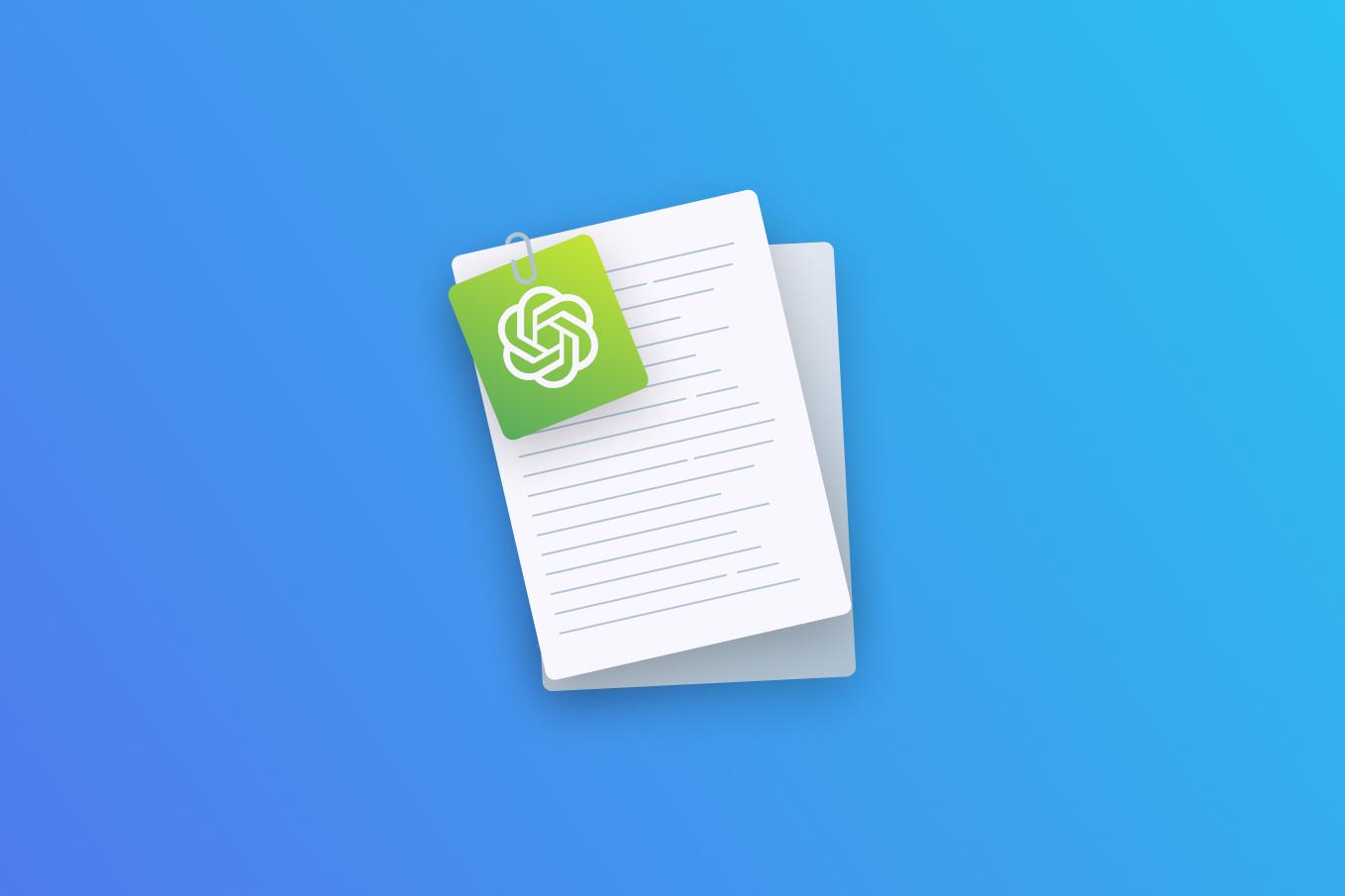The EPAM Talent Science team is proud to present our long-awaited new feature: a career test, now available on the website. Its purpose is to help candidates choose an IT specialization that best matches their unique psychological traits. What distinguishes this test from the plethora of similar tests on social media and the Internet? What practical tasks does it solve, and how should the results be interpreted? Let's go over this in more detail.
Navigating the multitude of specializations in today’s IT sector may prove challenging even for those who chose a career in technology as a teenager. What can we say about people who decided to transition to IT after years of working in their primary profession?
The career test helps to create your unique psychological portrait. The test's results define the specializations in which you stand a high chance of succeeding because your psychological characteristics and aptitudes are a good match for them. In addition, the test aids in selecting the best training approach, detecting early signs of professional burnout and emotional tiredness, and determining the best project team makeup.
What is inside the test?
You are presented with 75 pairs of statements describing different situations or behavioral patterns. As with most psychological tests, there are no right or wrong answers. Your task is to choose the option that seems most applicable. The accuracy of the results directly depends on how candid you are.
Although there is no time limit for completing the test, it typically does not take longer than 15 minutes. You can take the test without registering and receive your results in an encrypted file that you can download or use with other tools and services.
How does the test algorithm work?
The test is based on numerous neurobiological and psychological studies, including the theory of leading tendencies. What is it? One of the test's authors, Aleh Smahin, Senior People Advisory Specialist at EPAM, explains with a simple example:
Thousands of years ago, our distant ancestors lived in small tribes — communities. To survive, members of such groups needed different types of the stress response: some remained conservative to avoid making mistakes, but others had to be innovative and bold enough to taste unfamiliar food when the usual one was unavailable, for example. In other words, we are different because it is essential for our species' preservation. Evolution has changed people's appearance, occupations, and habits, but the reactions to stressors remain the same.
Biologically based behavioral models are the basis of many recognized tests, such as the Big Five or the MMPI (Minnesota Multiphasic Personality Inventory). Our test is no exception: it uses 8 scales from the theory of leading tendencies to perform personality profiling. A substantial difference from similar tests is the reduced time required for passing the test due to the optimization of the number of questions; moreover, the results are easy to interpret.
Fun fact: The development and verification of the test took approximately four years. To do this, the rookie football team in the top league took a test once every 2 months and received recommendations on the optimal placement of players. At the end of the season, the team took 4th place in the overall rating.
How does the test help in career guidance?
At the end of the test, you receive a list of IT professions in which you have a high chance of success with minimal effort. These suggestions do not limit your options; rather, they highlight the areas where you could excel owing to your personal traits. As a result, it makes joining the profession easier and lessens the likelihood that you will regret your decision.
If you have chosen a specialization without feeling a strong inclination towards it, the test will help identify what difficulties you risk facing on the selected path and why.
Here are a few more facts about the career test
The test allows you to create your unique psychological portrait, which, in turn, helps you:
- determine your strengths and abilities to maximize your potential;
- choose an IT specialization that best matches your personality type;
- evaluate your level of self-organization, initiative, stress resistance, and leadership;
- identify the preferred method of conflict resolution;
- find the most effective training formats for your personality type;
- identify early signs of burnout and emotional exhaustion.
What sets our test apart from its counterparts:
- Based on a scientific approach.
- Requires little time to pass (no more than 15 minutes on average).
- Provides a detailed explanation of results with easy-to-understand visuals.
We invite you to discover your strengths and opportunities to achieve your full potential. Are you ready to get started?


_05521451.png)



_05164151.png)
_05330644.png)
